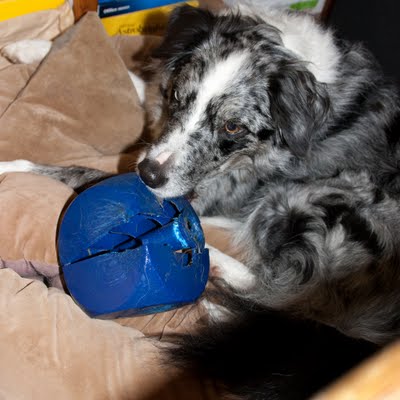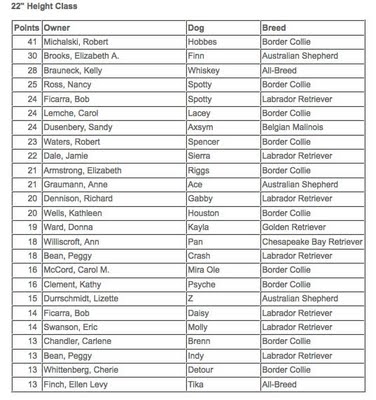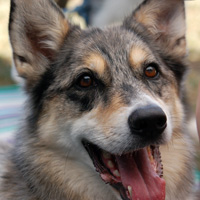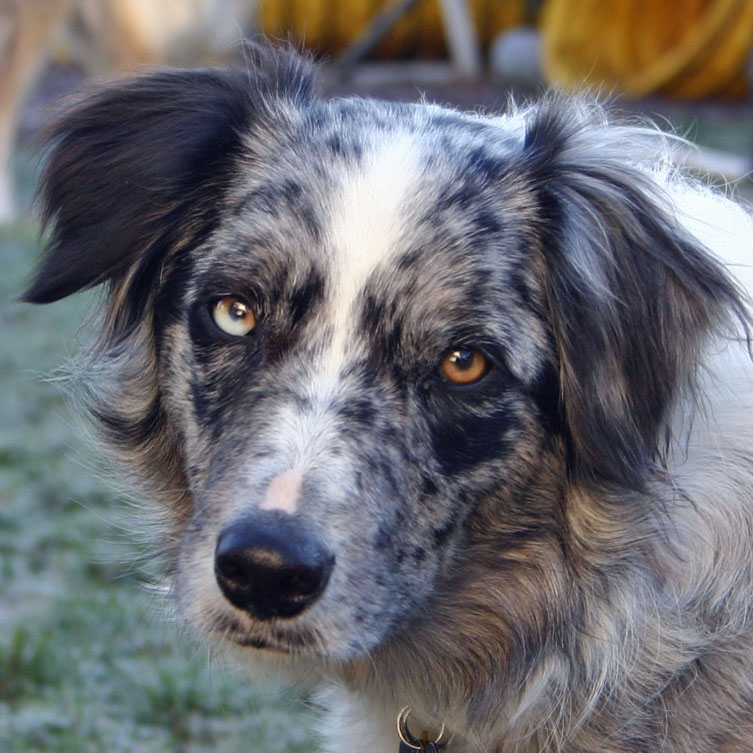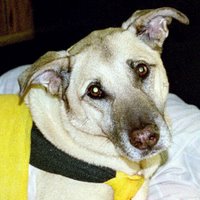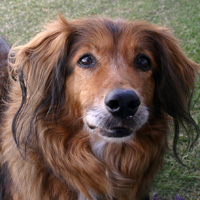Now What?
Well, I have...from a high of 23 weekends in 2003 down to 18 last year. Last year was tough because a couple of those weekends were because the dog or dogs were injured or other oddball reasons, and I was sad and frustrated at the time.
But, as weekends have gone by, with and without agility, and has the "without" weekends have at first hurt but then became gifts of free time, I have come more and more to realize:
- How much I hate getting up at 4 in the morning.
- How much I resent agility taking almost all my vacation days.
- How stressed I am trying to get in full weeks of work around agility weekends; there is no time for me, ever, it seems.
- How much I like being around my house and yard with NOTHING SCHEDULED except maybe a movie with a friend.
- How much I can catch up on, or just relax and enjoy, in a weekend at home.
- How relaxed I feel during the week when there's no trial the following weekend.
- How much I enjoy doing things OTHER than agility, like I always used to BEFORE agility.
- How much happier I am to have money to spend on something other than agility once in a while.
- How tired I am of fine-tuning dogs' agility performance. I mean, I *tried* to start Boost right, like with Susan Salo's approach to learning jumping. Maybe didn't do as much of it as I should have, because at some point she started knocking those bars, and now it's drudgery for me to try to fix it. I know all the advice that says that you should make ways to make training fun for you as well as for the dog, but, well, OK, it isn't.
- How crushed I was at deciding--because of Tika's on-again off-again pains and aches-- not to take Tika to the nationals in Performance although she'd had an excellent year...and regretting it and regretting it and regretting it... until she came up injured at that trial just a couple of weeks after when Nationals would have been, completely justifying my reluctance to go. And suddenly it was like I'd been let free from something I'd thought I was chasing. Of course it helps that the USDAA Nationals aren't within driving distance any more.
I've felt that I was coming to this point for a very long time, and I'm starting to think that I'm actually here: I want most of agility out of my life.
We'll see how I do when the USDAA trials start coming fast and furious later in the year. I still want to do some, just REALLY not 18 weekends a year of it!
Which leaves me with the question: So, what do I do with these crazy driven dogs who love agility for so many reasons? I mean, I love agility, too. I've developed such an amazing rapport with all of my agility dogs that I never had with them as pets--and I was pretty close with my "merely" pet dogs. Agility keeps me physically active, which is crucial for me. It burns off their energy. It gives us an excuse to really focus on each other individually. And I've met so many wonderful people whom I now consider my friends--although I almost never see any of them except at agility events. Because they're all always doing agility! There are a lot of laughs and good times in agility.
I'm thinking that, if I take a weekend and don't do agility, I should do somehting else with them. Like, drive an hour to a park where they can run off leash and spend 2 or 3 hours hiking and drive back. Of course, there goes half a day of my weekend right there, and it might very well be a solitary effort rather than with dozens of friends who are all interested in each other and each other's dogs.
Conversely, there's a lot of pain in agility. Dogs die. People's goals are thwarted (mine, too). People and dogs injured. This is all really a very small part of agility, but at times now it feels constant constant constant, and maybe that's a sign of where I am, that the pain grows instead of simply being dips in the background from which one recovers.
I had decided not to do any agility in March... easy enough because it's just 2 of the 4 or so CPE trials I had figured on doing for the year... and now I find that I am looking towards the 4-day trial in April both with excitement (it's a big, fun, exciting event) and trepidation (it's four frigging days of agility).
I dunno. I'm trying to take some time off from agility. I'm trying not to think "but my dogs are getting older and their agility lives are short." I'm trying to remember that, by the time these dogs are gone (gods willing), I'll be in my mid-60s. My arthritic knees aren't getting any better. MY life is going to be short enough, no matter how long it is. I have so much else I want to do in my life and I'm not getting it done.
I think I'm thinking out loud. I think I'm coming to where 230 weekends of agility competition (not to mention seminars and fun matches and classes) over 14 years have just worn out their welcome.
I started agility classes for something fun to do with Remington because he needed more exercise and more of a mental workout than simply tricks and playing in the yard were giving him. It certainly did that. I had never intended to compete, just keep going to classes every week for the fun. Don't know whether I could go back to just that.
Anyway--feels like I'm at a crossroad and I'm not yet entirely sure which direction I'm headed. There will be agility--heck, Tika and I could try again this year for Top Ten!--heck, Boost might actually someday earn a Jumpers Q and her MAD title! (I've almost given up on a championship)--but, like any addict, I'm trying to find a way to do it in true moderation without going cold turkey. Don't know whether that's possible.
Ah, well, yes, Scarlett, tomorrow is another day!
List of competition weekends and number of runs each
Click to see larger images.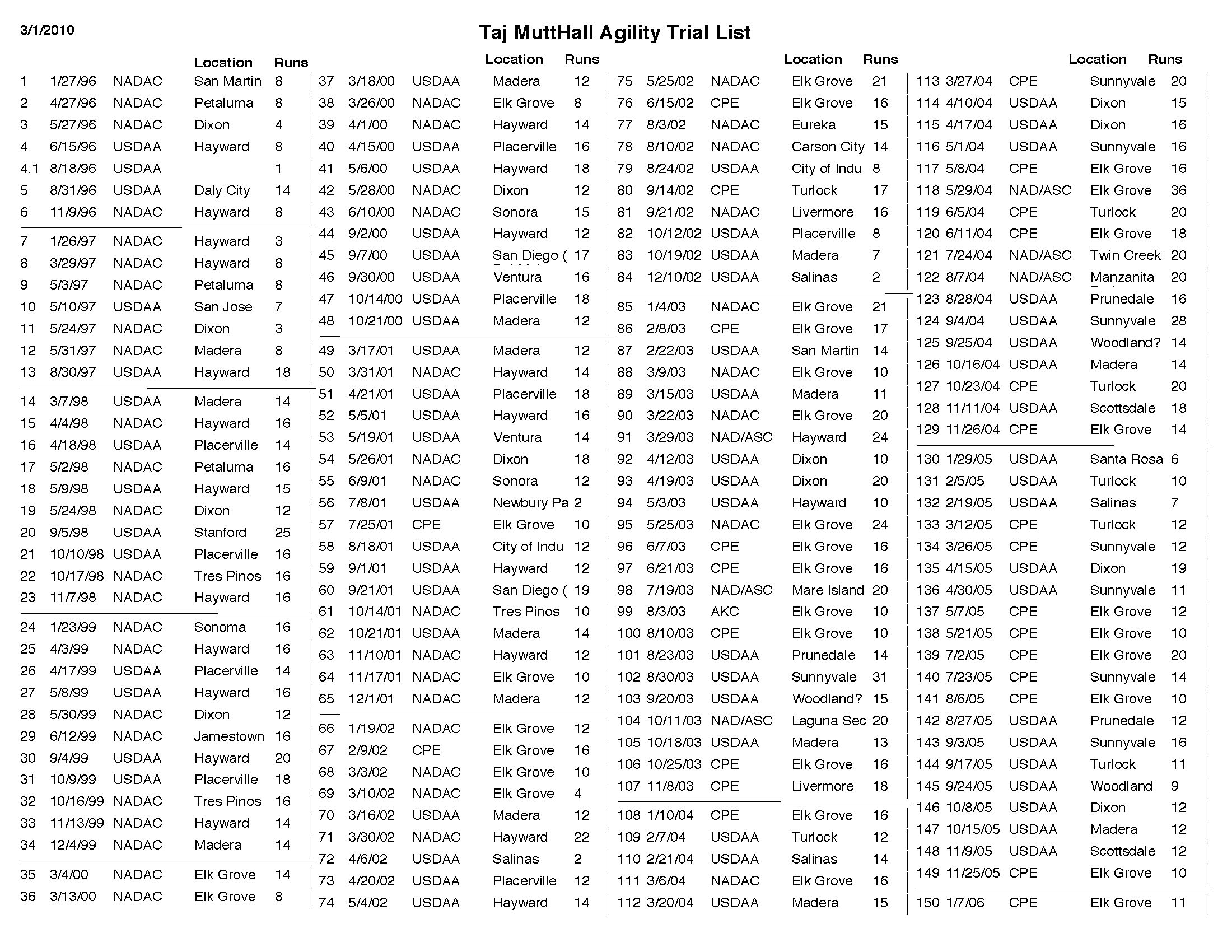
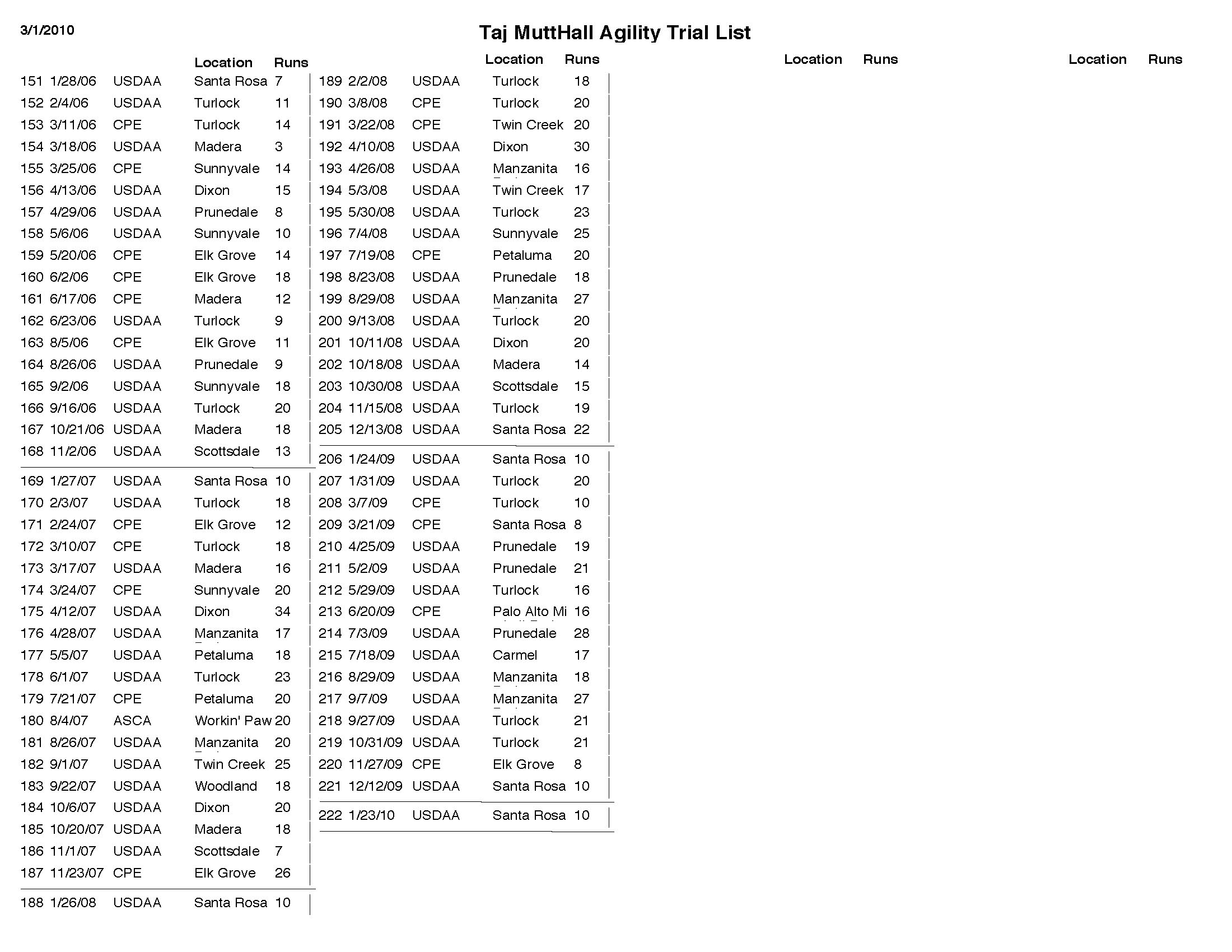
Labels: attitude, history of my dogs, statistics
Complete list of labels
